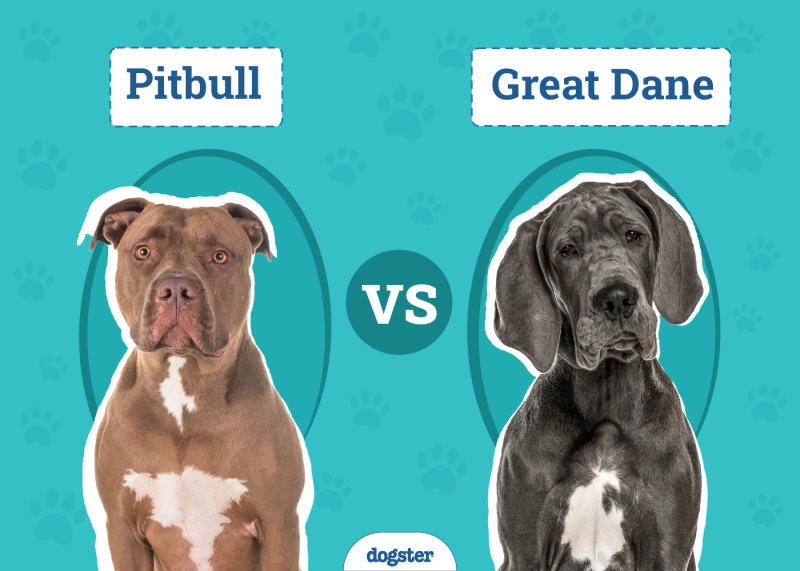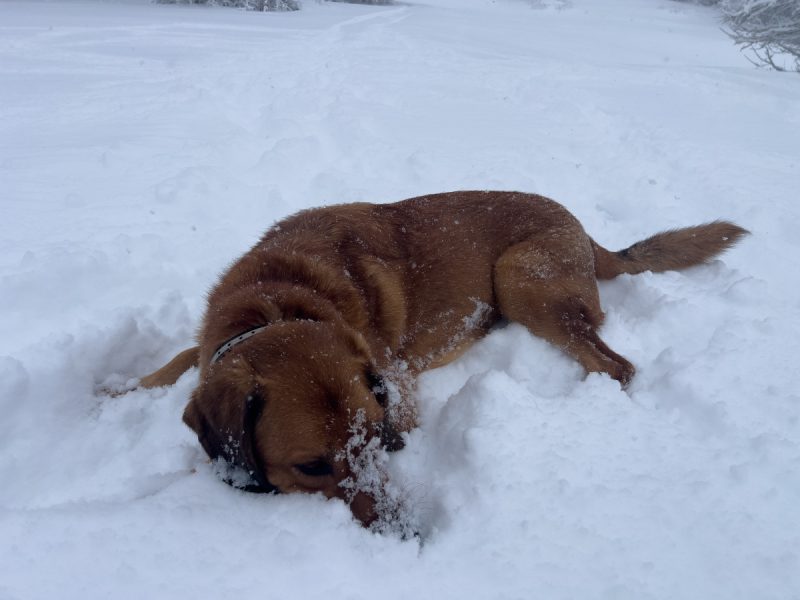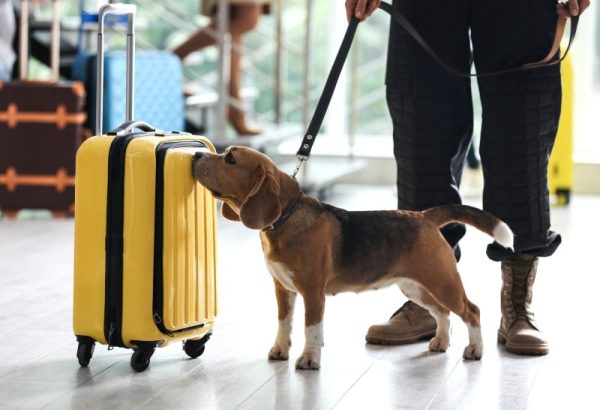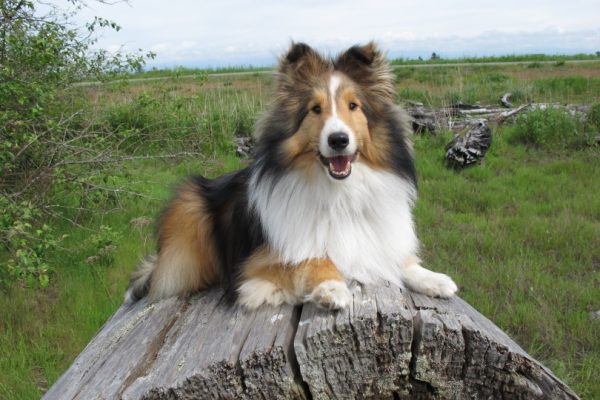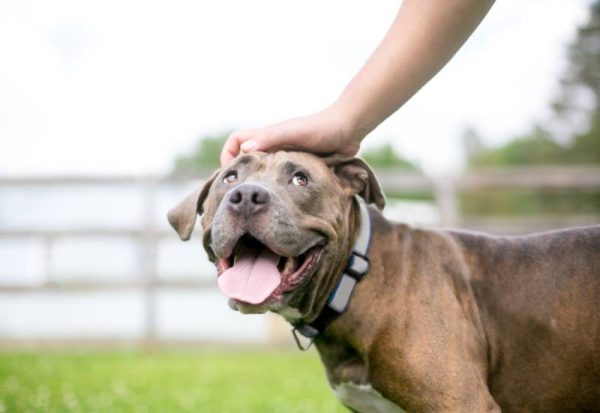A reliable recall is among the most crucial skills a dog can learn and one of the most liberating commands their owner can teach. Having your dog return on cue is your ticket to off-leash dog parks, hiking, hunting, downtown adventures, and front yard fun. Life gets easier, and you can be confident that your dog and those around you will always be safe.
While expert help in training recall may accelerate the process, this is one command owners can dial in at home. Learn how to keep your furry friend close and cooperative with this training guide on teaching your dog a reliable recall.

How to Teach Your Dog Recall
1. Start Inside
Recall follows the same training path as other commands, gradually building on the three Ds — distance, duration, and distractions. Start as fundamentally as possible and increase each factor to ensure success, accelerate learning, and improve behaviors.
Start training recall inside with zero distractions. Keep training sessions short, using your dog’s focus as a gauge. If they lose interest, you can call it quits. Do several sessions throughout the day for a few minutes each time.

2. Prepare a Treat or Toy as a Reward
Get high-quality treats you can offer in abundance or your dog’s favorite toy. The treat will act as a lure to bring your dog to you and a reward when they finally reach you.
3. Coax Your Dog to Come to You
Standing a few feet from your dog, get their attention so they walk toward you. Once they reach you, click your clicker or say your verbal marker, “good”, before giving them praise and their reward.
4. Add a Verbal Cue
You can pair a verbal “come” command or a whistle with your dog engaged and eager. As your dog starts walking toward you, say the cue. Mark the moment when they reach you. Give them heaps of praise and tasty rewards, and repeat the process.
Eventually, your dog will learn the association of the cue and the desired action, knowing there will be a treat if they walk to you. You’ll reinforce that connection with repetition, showing it is consistently rewarding if they return.

5. Increase Distractions and Distance
Once your dog responds dependably inside with minimal distractions, you can add distractions and increase the distance. You’ll generalize recall by creating various unique situations while training it, teaching your dog that your “come” command always means they have to return, regardless of any other factor.
Move slowly and build distractions and distance at a steady rate. Once the recall is reliable in one room, try calling for your dog while you’re in a different room. When that’s reliable, go to the back porch with a few environmental distractions, then the yard, and so on, supplying more distractions to test and cement their recall.
6. Practice Frequently
Your work isn’t over when you feel your dog has nailed the recall cue. Maintenance is essential to keep your dog from forgetting its meaning or importance. Ensure you practice recall in training or real-world situations at least once every 2–3 days in short sessions.
The more you practice in new situations, the better you will reinforce and generalize the desired action.

Recall Training Tips
Always Reward the Return
Recall will be more reliable when your dog knows it provides the best rewards. To drive that point home, always make sure your recall is rewarding.
You should say your recall command with happiness and excitement to motivate your dog and reward them with treats, play, toys, or, at the very least, loads of praise and scratches.
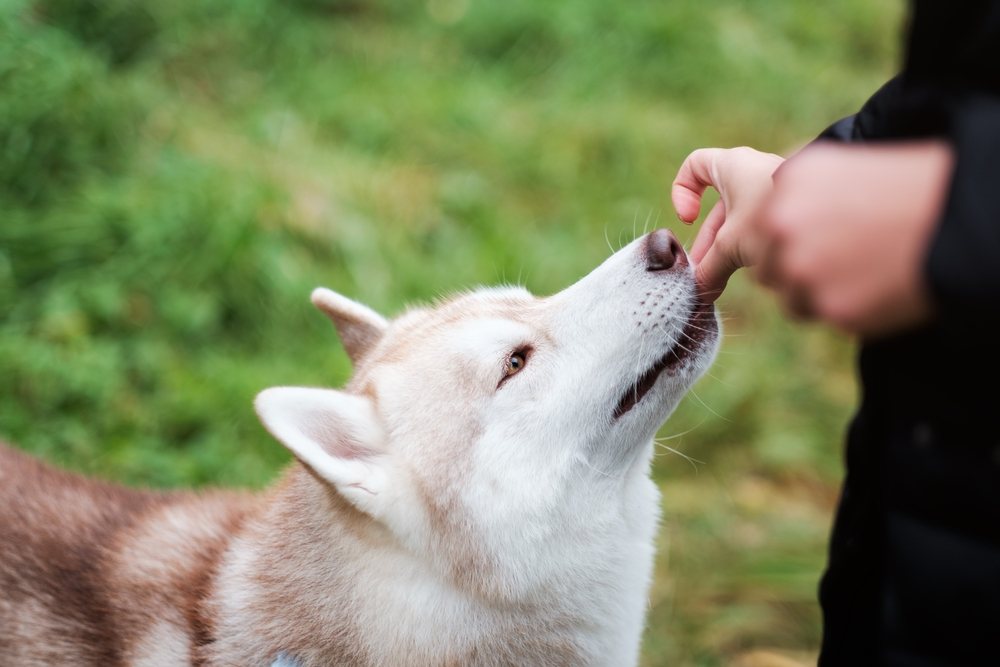
Use a Long Leash Outdoors
Transitioning to outdoor areas leaves room for your dog to fail at recall due to the space they can create from you and the numerous distractions, many of which you can’t control. To ensure successful training as you try different outdoor arenas, keep your dog on a line 20+ feet long.
A long leash will let you handle your dog, keeping them and those around you safe. It allows you to manage their tolerance threshold, building impulse control into the training as you get closer or further from stimuli.
At the same time, it gives you a way to help them come to you when called. If they have trouble following your cue, you can slowly draw them with the leash.
Teach “Look” Command and Auto Check-Ins
Teaching your dog a “look” or “watch me” command and rewarding their check-ins will build their habit of referring to you in times of uncertainty. With a “look” command, you reward your dog’s attention as they look into your eyes. You can use a lure to draw their eyes to yours as you say the command and give them a treat when your eyes meet.
Check-ins are similar but reward your dog’s unsolicited attention. As you capture them looking at you, make eye contact and reward them. Do this on walks to improve their leash skills and make a habit of focusing on you.

Give the Occasional Jackpot
Switching up the treats you provide keeps recall training more exciting and fulfilling for your dog. Now and then, reward a successful recall by giving your pup a jackpot of several treats, one after the other. Save these for when your dog returns with extra exuberance, working a little harder to get to you as fast as possible.
Play Recall Games
Turning recall into playtime makes the training itself a reward. Reinvigorate the training session with a recall game, such as:
- Ping Pong: You and your family members each have treats and take turns calling your dog, an excellent way to train your dog and your family how recall works
- Catch Up: While leash-walking your dog, call for them and turn away, issuing your recall command as they chase after you for a few steps
- Hide and Seek: Call your recall command while in a different room, and reward your dog when they find you

What Not to Do When Teaching Your Dog Recall
One of the concerns with training a recall is the danger of poisoning the cue. When this happens, the “come” command loses its power or positive association. Your dog will hear it, but the reliability of their return is too poor to make its use practical. To avoid this, follow these essential tips.
Don’t Repeat Your Command
Saying “come, come, come, come” repeatedly until your dog returns will only make it easier for them to ignore you. Give the cue and wait, rewarding your dog even if they take a few seconds to return.
If you can’t get their attention after saying the cue one or two times, don’t try anymore. The setting may be too stimulating, or your criteria could be too high. Step back and lower the distractions so your dog can be consistently successful.
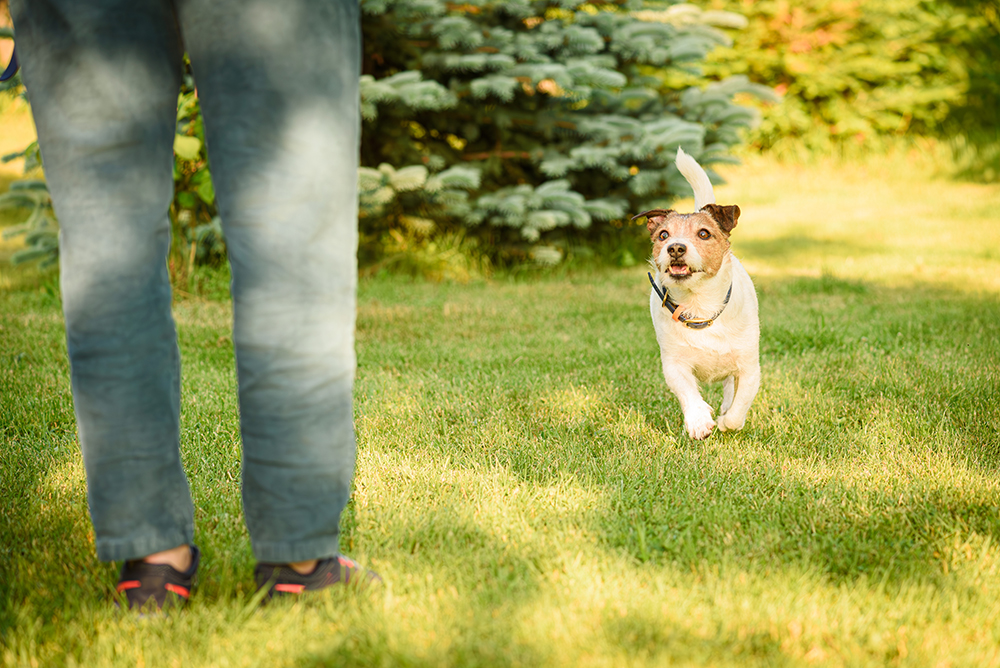
Don’t Punish Your Dog Inadvertently
Returning to you must always be rewarding when you issue a recall, and it’s critical to understand everything your dog finds motivating in their environment. It isn’t only about the treats you give. If your recall becomes associated with a negative experience, it will keep your dog from wanting to return, even if they know they’re getting snacks and praise.
You can poison your cue like this by using it before leaving the dog park, going to the vet, or even bringing your dog into the house from the backyard. If you call your dog while they’re playing and it ends the fun or puts them in a situation they don’t like, they’ll make a negative association with the recall.
To stop this from happening, the mental separation between the recall and the negative experience must be created. At the dog park, recall your dog and give them a treat before releasing them to play again. If you have to go home, use your recall but play tug-of-war for a while or engage them in different obedience commands before putting them in the car so they don’t associate the recall with leaving.
Don’t Progress Too Fast
Positive reinforcement tactics depend on us making the training successful so we can keep rewarding our dogs. They aren’t naturally good at recall and won’t be dependable in stimulating environments where curiosity overwhelms their focus. If you want to be successful, you must start in the most basic situations and advance at your dog’s pace.

Final Thoughts
Teaching a recall can seem straightforward, but there are several simple ways to mess up your training and set yourself back. You must consider what motivates your dog, how you reward them, and whether you make the proper associations with your commands. A recall can make all the difference in your daily routine, and sticking to these tips will help build the dependable behavior you want as effortlessly as possible.
Featured Image Credit: Debra Anderson, Shutterstock



